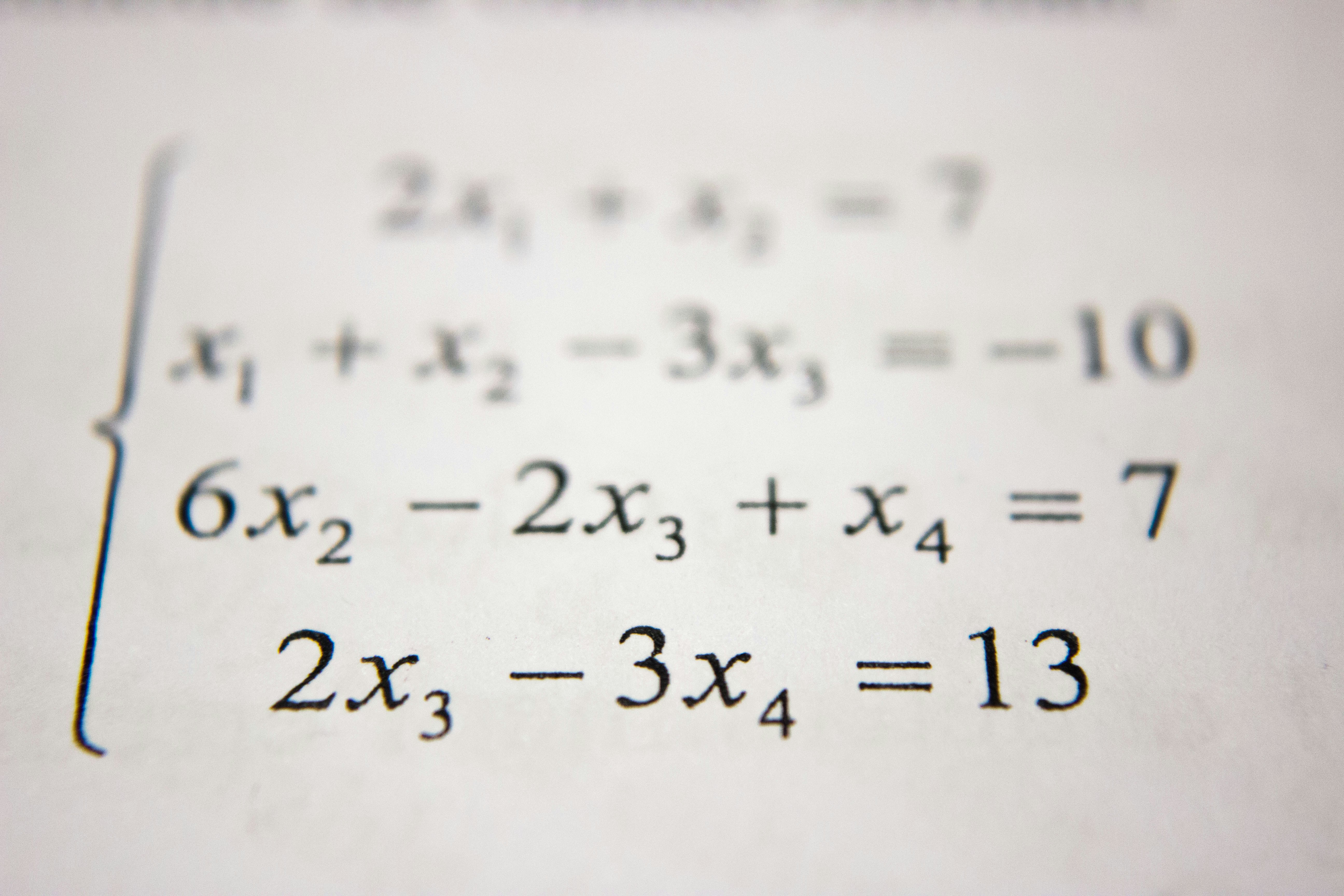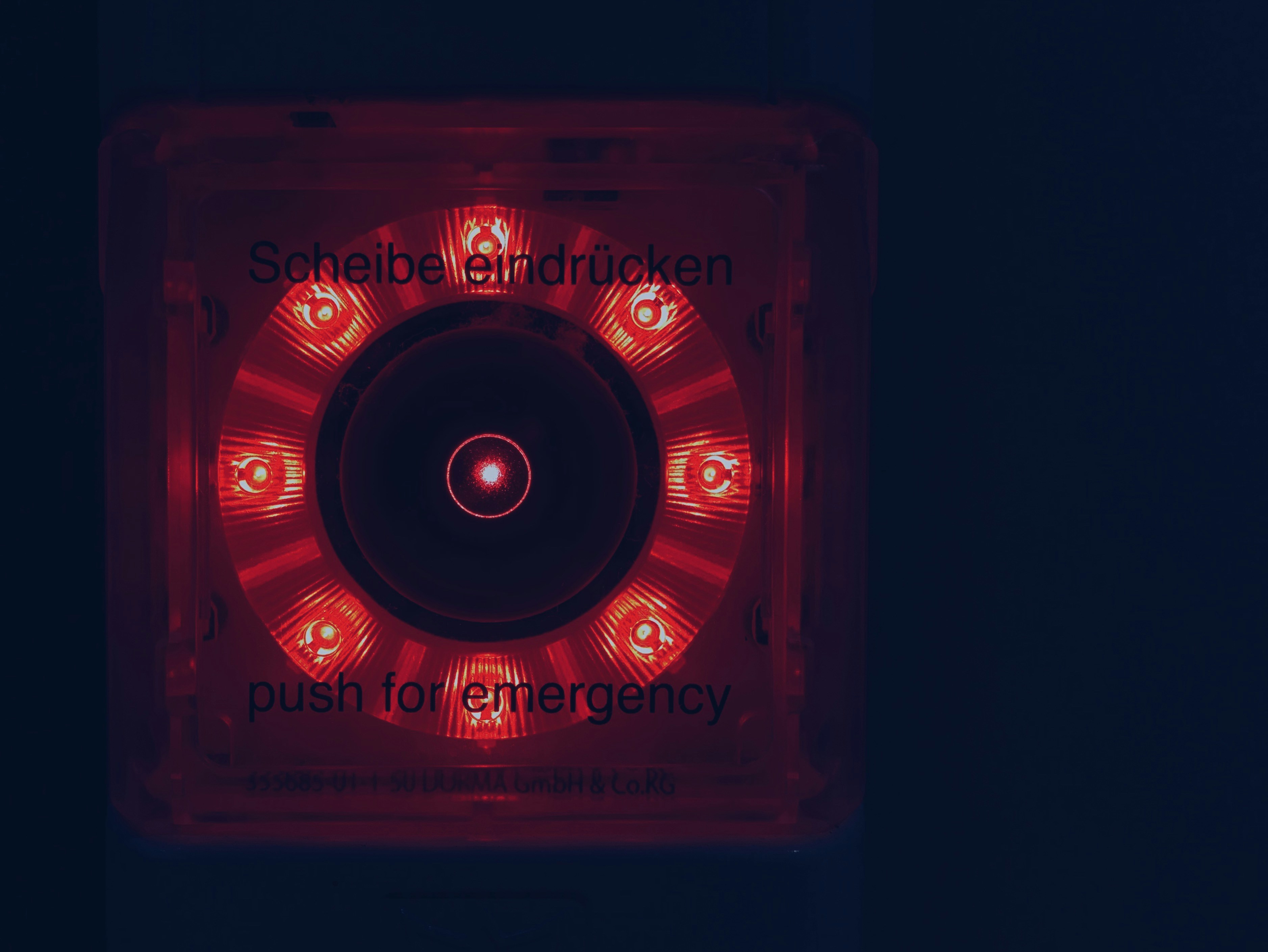
Quantum Computing Team Structures Explained: Who Does What in a Modern Quantum Department
Quantum computing has shifted from lab curiosity to the next frontier of high-impact computing. Across the UK, universities, national labs, start-ups, and established tech and finance firms are building quantum teams to explore algorithms, design hardware, and deliver quantum-ready software. As momentum grows, so does the need for clear, robust team structures. Because quantum R&D spans physics, engineering, computer science, and product, ambiguity about who does what can slow progress, increase risk, and inflate costs.
This guide maps the typical roles in a modern quantum computing department, how they collaborate across the research-to-product lifecycle, skills and backgrounds UK employers expect, indicative salary ranges, common pitfalls, and practical ways to structure teams that move fast without breaking science.
Why structure matters in quantum
Quantum programmes are uniquely multidisciplinary. Hardware demands world-class precision in fabrication, cryogenics, vacuum systems, lasers, control electronics, and microwave engineering. Software demands compilers, error-mitigation, runtime systems, and domain-specific algorithms. On top sits product, security, compliance, and partnerships. Without role clarity, teams suffer from duplicated experiments, incompatible toolchains, and slow “hand-offs” between physics and engineering. Clear ownership enables repeatability, faster iteration, and credible milestones for investors and stakeholders.
Core roles in a quantum computing department
Quantum Algorithms Researcher
These researchers explore how quantum advantages can solve real problems. They develop or adapt algorithms for optimisation, simulation, cryptography, machine learning, or chemistry.
What they do:
Formulate problems into quantum-friendly forms and select or invent algorithms.
Analyse asymptotic behaviour and constant-factor realities on noisy hardware.
Work with domain experts to translate business use-cases into algorithmic roadmaps.
Prototype in high-level frameworks and benchmark against classical baselines.
Skills:
Strong maths and theoretical CS, complexity theory, linear algebra.
Experience with quantum SDKs and simulators, plus classical optimisation libraries.
Ability to communicate trade-offs between provable speedups and pragmatic value.
Quantum Software Engineer (SDKs and Tools)
Bridges research and engineering. They turn prototypes into reliable libraries and developer experiences for internal users and customers.
What they do:
Design and maintain compiler passes, circuit optimisers, and transpilers.
Build simulators and noise models that mirror hardware behaviour.
Provide stable APIs, documentation, and versioning for reproducible research.
Integrate testing, CI, and packaging for multi-platform delivery.
Skills:
Strong software engineering (Python, C++ or Rust), compilers, testing culture.
Familiarity with quantum gates, circuits, and target backends.
Developer-experience sensitivity: error messages, docs, examples, tutorials.
Quantum Compiler and Runtime Engineer
Focuses on translating abstract circuits into hardware-aware schedules that minimise error and latency.
What they do:
Map circuits to specific qubit topologies and connectivity constraints.
Implement pulse-level optimisations, qubit routing, and scheduling.
Balance depth, parallelism, and crosstalk within calibration limits.
Collaborate with control-systems and calibration teams to expose new capabilities.
Skills:
Compilers, graph algorithms, control theory basics, and performance engineering.
Understanding of noise channels, error rates, and device-level constraints.
Quantum Error Correction (QEC) and Fault-Tolerance Researcher
Targets the holy grail: scaling reliable quantum computation.
What they do:
Design and analyse error-correcting codes, decoders, and fault-tolerant protocols.
Model thresholds, logical error rates, and resource overheads.
Advise hardware layout and control requirements to support QEC cycles.
Prototype decoders, often accelerated on classical hardware.
Skills:
Coding theory, statistics, Monte Carlo simulation, high-performance computing.
Cross-disciplinary collaboration with device and firmware teams.
Quantum Applications Scientist (Chemistry, Finance, Materials)
Translates industry problems into quantum-amenable approaches and proves utility.
What they do:
Partner with clients or internal business units on pilots and proofs of concept.
Select algorithms, define metrics, and run controlled comparisons.
Prepare technical collateral and educate stakeholders on realistic roadmaps.
Skills:
Deep domain knowledge (e.g., quantum chemistry, derivatives pricing).
Ability to quantify value under NISQ limitations and data constraints.
Quantum Hardware Physicist (Superconducting / Trapped-Ion / Photonic)
Designs and tests the heart of the machine: qubits and couplers.
What they do:
Devise device architectures; run experiments to characterise coherence and fidelity.
Iterate on materials, geometries, and shielding to suppress noise.
Collaborate on packaging and integration with control electronics.
Skills:
Experimental physics, low-noise measurement, data analysis, lab instrumentation.
Platform-specific expertise (Josephson junctions, ion traps and lasers, photonic chips).
Fabrication Process Engineer (Micro-/Nano-fabrication)
Turns device designs into repeatable wafers and chips.
What they do:
Develop lithography, deposition, etch, and anneal recipes with tight tolerances.
Run statistical process control, yield analysis, and failure investigation.
Collaborate with physicists on device geometry and layer stacks.
Skills:
Cleanroom operation, metrology, DOE (design of experiments), documentation rigor.
Cryogenic Engineer
Maintains the cryogenic stack that enables near-absolute-zero operation for many platforms.
What they do:
Own dilution refrigerators or cryocoolers, thermal budgets, and cooldown schedules.
Integrate cabling, filters, attenuators, and shielding to minimise heat loads.
Monitor uptime, vibration, and failure modes; maintain spares and procedures.
Skills:
Cryogenics, vacuum systems, thermal modelling, mechanical integration, safety.
Microwave/RF Engineer and Analog Electronics Engineer
Builds low-noise, phase-stable control and readout chains.
What they do:
Design mixers, amplifiers, filters, and resonators with stringent specs.
Calibrate IQ balance, phase noise, and timing skew across many channels.
Work with firmware to expose programmable pulse primitives.
Skills:
RF design, signal integrity, EMC, precision timing, PCB and enclosure design.
Control Systems and Firmware Engineer
Connects software and physics through real-time control.
What they do:
Implement FPGA or real-time CPU pipelines for pulse generation and acquisition.
Build sequencers, timing engines, and feedback loops for active reset or error detection.
Ensure low-latency communication between runtime, drivers, and instruments.
Skills:
HDL or embedded C/C++, real-time scheduling, DMA, drivers, instrumentation buses.
Quantum Cloud Platform Engineer
Delivers hardware access reliably and securely to internal teams and external users.
What they do:
Build queueing, resource scheduling, tenancy isolation, and metering.
Provide job APIs, result storage, and observability for experiments.
Align with security and compliance on identity, data retention, and export control.
Skills:
Cloud infrastructure, Kubernetes, API design, observability, incident response.
Reliability, Test, and Calibration Engineer
Keeps the system stable and predictable day-to-day.
What they do:
Design automated calibration routines and guardrails for parameter drift.
Track device health, error budgets, and trend-lines; manage change control.
Publish service status and SLOs to users and leadership.
Skills:
Experimental design, automation frameworks, statistical process control, scripting.
Safety, Facilities, and Lab Operations (including Laser and Radiation Safety)
Ensures safe operation of high-risk environments and maximises uptime.
What they do:
Manage access, PPE, training, chemical and cryogen handling, laser classifications.
Maintain equipment logs, calibrations, and planned maintenance schedules.
Coordinate facilities work with minimal disruption to experiments.
Skills:
Safety regulation literacy, vendor management, meticulous record-keeping.
Security, Compliance, and Export Control Specialist
Quantum spans sensitive technologies. Compliance reduces business risk.
What they do:
Classify technologies and data; manage export licences where required.
Define policies for key management, secure enclaves, and access control.
Align with client requirements in regulated verticals.
Skills:
Policy and regulatory literacy, clear communication with engineers and legal.
Technical Writer and Developer Educator
Turns complex systems into approachable resources.
What they do:
Write device notes, API docs, how-tos, and safety procedures.
Produce tutorials and sample projects; run workshops and office hours.
Maintain changelogs and deprecation policies.
Skills:
Empathetic communication, accurate diagrams, build-and-run discipline.
Product Manager (Quantum)
Owns problem selection, roadmap, and value communication.
What they do:
Prioritise use-cases where quantum can add near-term or strategic value.
Define success metrics that combine scientific progress with business impact.
Coordinate cross-team dependencies and keep stakeholders aligned.
Skills:
Systems thinking, technical fluency, trade-off negotiation, crisp writing.
Partnerships and Business Development
Secures customers, grants, and research collaborations.
What they do:
Identify pilot partners and shape joint success criteria.
Navigate funding calls and industry programmes.
Feed real-world constraints back into the roadmap.
Skills:
Relationship building, proposal writing, value articulation.
Programme/Project Manager
Keeps the multi-year, multi-discipline effort on track.
What they do:
Integrated schedules, risk registers, dependency maps, and budget tracking.
Facilitate design reviews and decision records.
Ensure the right information flows to the right people at the right time.
Skills:
Delivery discipline, stakeholder management, calm escalation under pressure.
How these roles collaborate across the quantum lifecycle
1) Explore and define
Product and partnerships gather use-cases. Algorithms researchers and applications scientists assess feasibility and value. Hardware leads confirm platform implications. Programme managers capture risks and options. Security flags any export-control constraints. Output: a sharp problem statement, success metrics, and a technical pathfinder plan.
2) Prototype and characterise
Hardware physicists fabricate or assemble test devices with fabrication and cryo teams. RF engineers bring up control chains. Control firmware establishes basic pulse primitives and readout. Reliability engineers design initial calibration trees. Software engineers spin up simulators and reference SDKs. Output: coherent devices with baseline metrics, a working software path, and a clear list of bottlenecks.
3) Optimise and scale
Compiler/runtime engineers reduce depth and idle time; algorithms teams adapt circuits to device maps. Fabrication improves yield and device uniformity. Cryo and RF teams push stability and channel count. Calibration automation lowers operator intervention. Cloud platform and security prepare multi-user access. Output: larger, more stable systems with better effective error rates and an accessible toolchain.
4) Demonstrate applications
Applications scientists run controlled experiments on target problems with classical baselines. QEC researchers prototype small code experiments or error-mitigation flows. Product frames results for stakeholders. Technical writers document workflows. Output: credible demonstrations that balance transparency with ambition.
5) Operate as a service
Cloud platform exposes queues and quotas; reliability sets SLOs; calibration becomes a daily ritual. Programme management runs release trains and maintenance windows. Security enforces identity, telemetry, and change control. Output: a sustainable operation with predictable performance and support pathways.
6) Iterate and roadmap
Metrics reveal drift and new bottlenecks. Teams prioritise the next round of fabrication tweaks, compiler improvements, or application focus. Leadership updates the multi-year plan with resources and milestones.
UK-typical skills and backgrounds
Physics and engineering: experimental physics, AMO, superconducting circuits, photonics, microfabrication, RF, cryogenics, embedded and control firmware.
Computer science and software: compilers, runtimes, distributed systems, numerical methods, high-performance computing, API and SDK design.
Applied maths and algorithms: optimisation, linear algebra, probability, coding theory.
Domain expertise: chemistry simulation, materials, finance, logistics, ML.
Product and delivery: product management, programme management, technical writing, security and export control for sensitive technologies.
Degrees are common (MSc/PhD for many research roles), but demonstrable engineering delivery, strong documentation, and clear instrumentation or code quality are decisive in hiring.
Indicative UK salary ranges
These vary by seniority, location, and sector. As rough guidance:
Graduate/Junior Experimental Physicist or Software Engineer: £35k–£50k
Quantum Software/Compiler Engineer (mid): £55k–£85k
Quantum Hardware Physicist (mid/senior): £55k–£90k+
Fabrication Process or Cryogenic Engineer: £55k–£90k
RF/Analog and Control Firmware Engineer: £60k–£95k
Reliability/Calibration Engineer: £50k–£80k
Algorithms Researcher / QEC Researcher: £60k–£100k+ (research-heavy roles can go higher)
Quantum Applications Scientist: £55k–£90k
Cloud Platform Engineer: £60k–£95k
Product/Programme Manager (technical): £65k–£110k
Head/Director roles: £100k+ depending on scope and stage
Common pitfalls and how to avoid them
Ambiguous ownership between physics and engineering
Establish clear interfaces: device requirements, pulse primitives, data schemas, calibration gates. Run regular joint design reviews.
Simulator–hardware mismatch
Calibrate noise models continuously; track deltas between simulated and measured performance; publish “accuracy windows” for internal users.
Documentation debt
Treat notebooks and lab logs as versioned artefacts. Enforce experiment templates, changelogs, and metadata capture from day one.
Calibration fragility
Automate end-to-end routines with guardrails and rollbacks. Schedule regular “golden” checks and drift alarms.
Overpromising applications
Maintain classical baselines and cost comparisons. Communicate value in terms of learning curves, not hype. Prioritise domains with tolerant error models or hybrid workflows.
Security and export control as an afterthought
Classify assets early. Implement identity, logging, and data-handling policies. Keep legal, security, and engineering in the same room for architectural decisions.
Single-point-of-failure specialists
Cross-train: RF learns enough firmware, firmware enough cryo, compilers enough device physics. Create paired ownership for critical subsystems.
Best-practice team patterns
Start-up (seed to Series A)
Core triangle: experimental physicist, RF/control engineer, and software/SDK engineer. Add a cryo or fabrication specialist as soon as device work begins. Keep a part-time product/programme lead to capture decisions and set cadence. Outsource what you can (e.g., some fabrication steps) but own calibration and measurement pipelines in-house.
Scale-up (Series B and beyond)
Split into hardware, control, and software groups with explicit interfaces. Create a reliability/calibration team that sits between hardware and runtime. Add applications scientists aligned to target verticals. Introduce a cloud platform team if offering external access. Establish formal security and export control practices.
Enterprise/Research consortium
Expect multiple hardware modalities and a larger software surface. Formalise compiler/runtime as a separate unit; create QEC/fault-tolerance and algorithms groups. Assign programme managers per stream, plus a central PMO for cross-cutting risks. Invest early in documentation and developer education.
Day-in-the-life snapshots
Hardware bring-up day Morning: Cryo team completes cooldown; RF engineers verify line calibrations; control firmware pushes a new sequencer build. Midday: Hardware physicists run T1/T2 and single-qubit gate calibrations; reliability captures baselines; compiler team tests a new routing pass on measured connectivity. Afternoon: A drift alert fires; calibration reruns automatically; product and programme managers review readiness for an external demo. Evening: Lab ops schedule a maintenance window; documentation updated with new device parameters.
Application demo day Morning: Applications scientist compares a chemistry instance on simulator vs hardware; algorithms researcher tunes ansatz depth within error budgets; cloud platform ensures priority queueing. Midday: Technical writer updates the tutorial; product briefs partnerships on results and caveats. Afternoon: Security signs off on data-handling; a minor regression appears in mapping; compiler team hot-fixes the pass and re-runs the job. Evening: Post-mortem documents wins, misses, and next steps; roadmap reflects what was learned.
FAQs
Do I need a PhD to work in quantum?Not always. Many research roles prefer PhDs, but engineering roles in RF, firmware, cryogenics, cloud, and software welcome strong bachelor’s or master’s graduates with relevant experience. Demonstrable projects and lab or production delivery matter.
What’s the difference between an algorithms researcher and an applications scientist?Algorithms researchers design or refine algorithms in the abstract. Applications scientists map real problems to these algorithms, quantify value, and run pilots with stakeholders.
How early should we hire a reliability/calibration engineer?As soon as devices are being characterised regularly. Automation and drift control accelerate every other team’s work and reduce downtime.
When does a cloud platform team make sense?If more than one or two internal teams—or any external partners—need consistent access with scheduling, isolation, and observability. It’s a leverage point for productivity and safety.
How should we think about documentation?Treat it as a product. Version it, test examples, and keep it aligned with releases. Good docs reduce support load and improve experiment reproducibility.
Final thoughts
Quantum computing demands an orchestra of specialties, each playing to a precise score. From device physics and cryogenic engineering to compilers, calibration, and applications, success relies on well-defined roles, disciplined interfaces, and relentless documentation. For candidates, understanding the landscape helps you target roles—be it hardware, control, software, algorithms, or applications—and develop the skills UK employers prize. For hiring managers, investing in role clarity, automation, and safety pays back in faster iteration, credible milestones, and resilient teams.
Get the structure right, and your quantum programme won’t just publish promising plots—it will deliver steady, defensible progress on the long road to useful, reliable quantum computing.


